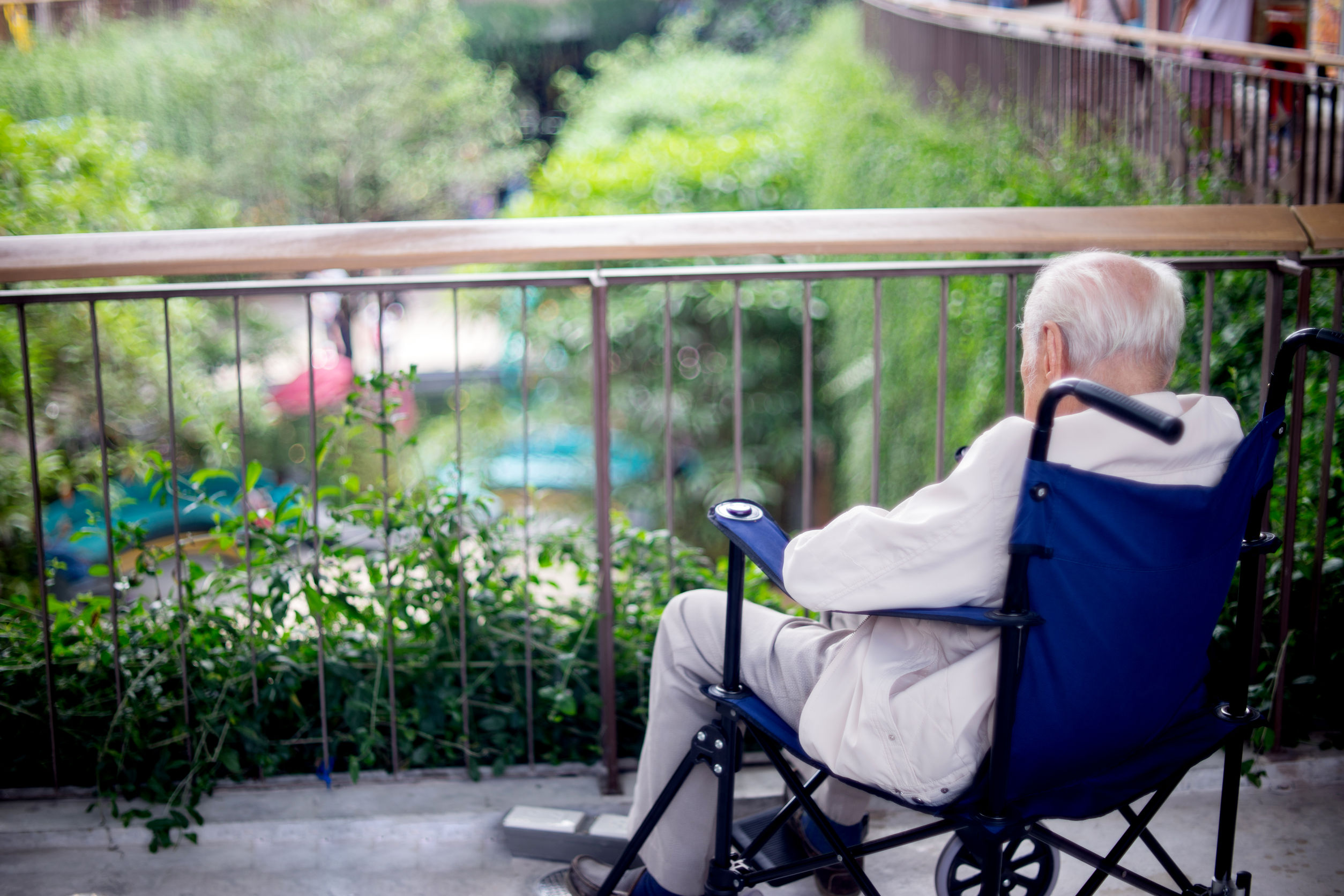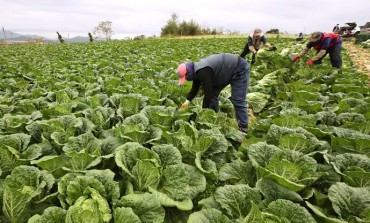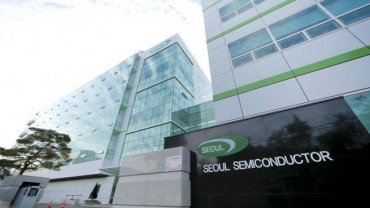SEOUL, Jun. 30 (Korea Bizwire) — Eight out of ten low-income, middle-aged and elderly people between the ages of 38 and 63 will likely face an uncertain financial future after retirement without a private pension or retirement pension, let alone the national pension, even after they turn 65.
This forecast is based on an audit report entitled “Performance Analysis of Pension System for the Elderly” from the Board of Audit and Inspection of Korea, which estimated the number of people who were born between 1954 and 1979 in each income quintile that are expected to receive pensions.
The report data is derived from research conducted by the Korea Institute for Health and Social Affairs (KIHASA), which verified the national pension database and Financial Supervisory Service to discern whether individuals had signed up for national pension, retirement pension or private pension plans. Researchers then analyzed the recipient ratio of each pension plan by different income brackets.
The basic pension was excluded from the study as it is different from the national pension and retirement or private pensions in that it is paid to individuals aged 65 or older who are below the 70th income percentile, regardless of whether or not they are enrolled in a public or private pension.
The study revealed that only 17.9 percent of individuals in the lowest income quintile were expected to receive benefits from either a national pension, private pension or retirement pension after the age of 65, leaving 82.1 percent without any source of income after retirement.
In the second lowest income quintile, the recipient ratio was 48.1 percent, which still raises concerns on elderly poverty.
On the contrary, 98.7 percent within the highest income quintile were expected to receive income from at least one of either the national pension, private pension or retirement pension.
On a positive note, the KIHASA forecasted that even though the ratio of public or private pension recipients in the entire elderly population was only 30 percent in 2016, it is expected to steadily increase to 37.0 percent in 2020, 42.3 percent in 2030 and 55.5 percent in 2040, as the pension system stabilizes.
However, retirement pension plans have yet to change the financial landscape for the elderly, with only about 3,000 recipients as of 2016, as a significant portion of the retirement benefits are paid out as a lump sum rather than as a pension.
by Lina Jang (linajang@koreabizwire.com)







